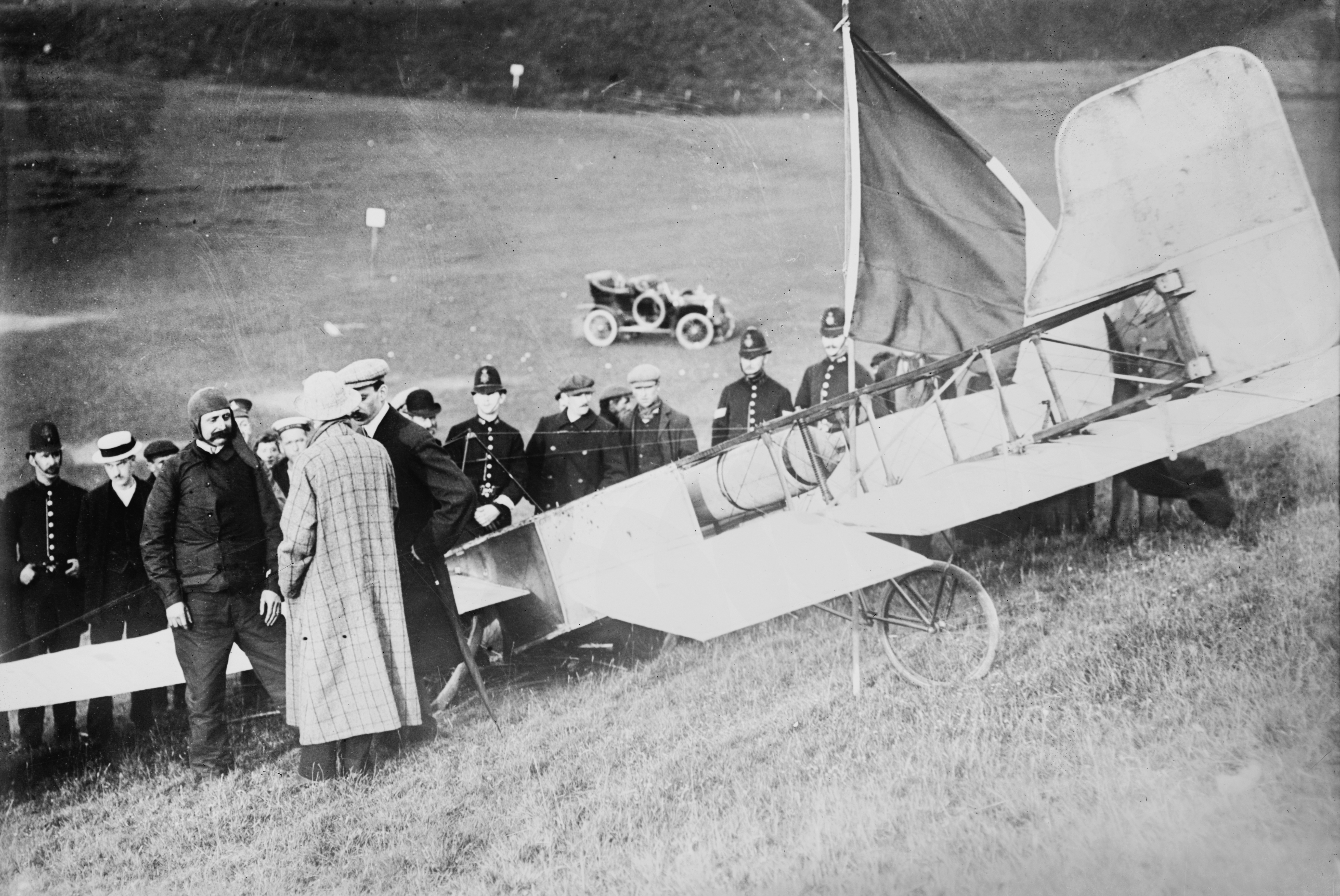Bleriot, Louis, << `blay` RYOH, lwee >> (1872-1936), a French aviation pioneer, made the first airplane flight across the English Channel on July 25, 1909. He flew in the 11th airplane that he had designed and built himself. He made the flight under bad conditions in order to win a prize being offered by the London Daily Mail. Bleriot was ill from an abscessed foot when he finally took off after two unsuccessful attempts. The airplane engines at that time were unreliable and overheated rapidly. Typically, an engine began to run roughly after about 20 minutes. Bleriot fortunately encountered a light, cooling rain that kept his engine running smoothly during his 37-minute flight. See Airplane (Other pioneer planes and fliers) .

Bleriot was born on July 1, 1872, in Cambrai, France. He did not become interested in aeronautics until he was 30 years old and had made a fortune manufacturing automobile headlamps. In 1907, Bleriot built his third airplane, and it became one of the first successful monoplanes. He built an airplane in 1908 with a control system for the pilot that has never basically changed. Bleriot’s airplane did not have controls on the wings. It was turned by elevators at the tail which were in two pieces and moved separately. He later used ailerons, or hinged sections on the wings, to keep them steady. Bleriot experimented in aircraft building and flying almost to the time of his death, on Aug. 7, 1936.
